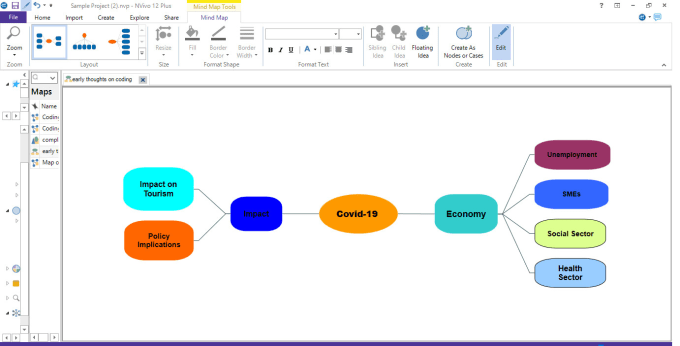

In-built tools in MAXQDA were used to see patterns within the data, and these were used to draw thematic maps. The complete interview data were re-read to validate the codes. Reviewing themes: “Checking if the themes work in relation to the coded extracts at the first level and then the entire data set at the second level, generating a thematic map of the analysis” ( Braun & Clarke, 2006, p. The codes were then analyzed and grouped into four central themes as stated in the next section. The data were read and re-read, and the cycle was repeated several times to narrow down the number of codes and categorized them into identifiable themes.

Searching for themes across the data: “Collating codes into potential themes, gathering all data relevant to each potential theme” ( Braun & Clarke, 2006, p. Memos were written down to keep track of the condensed information. While translating and transcribing, features were coded as a small phrase or keyword representing a specific idea. Generating initial code: “Coding interesting features of the data in a systematic fashion across the entire data set, collecting data relevant to each code” ( Braun & Clarke, 2006, p. Major ideas were highlighted and written down for each transcript. The several phases of the thematic analysis as used in the current research are described in the following ( Braun & Clarke, 2006): 1.ĭata familiarization: this step involves transcribing the data, reading and re-reading the data, and noting down the initial ideas. The phases of thematic analysis as described by Braun and Clarke (2006) allow for a systematic way of seeing, as well as processing qualitative information using “coding”.


 0 kommentar(er)
0 kommentar(er)
